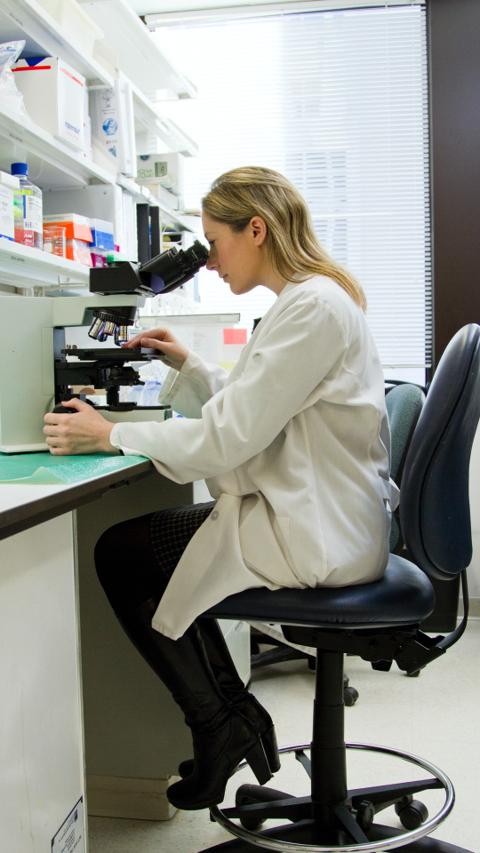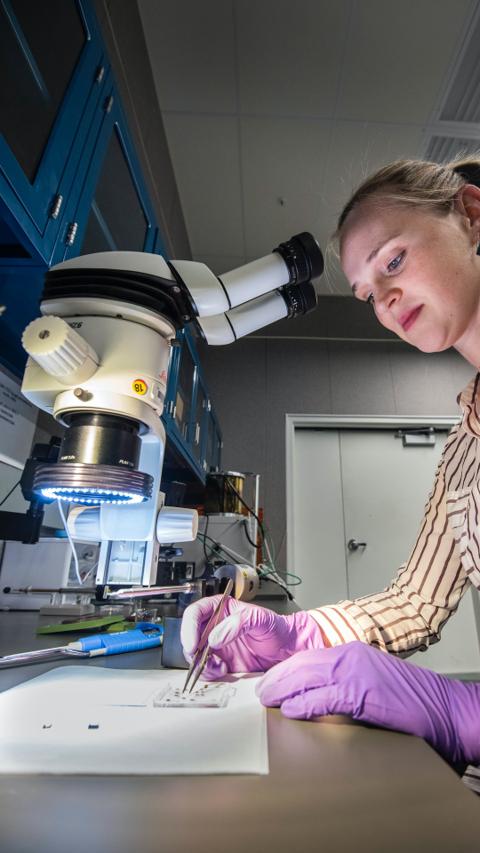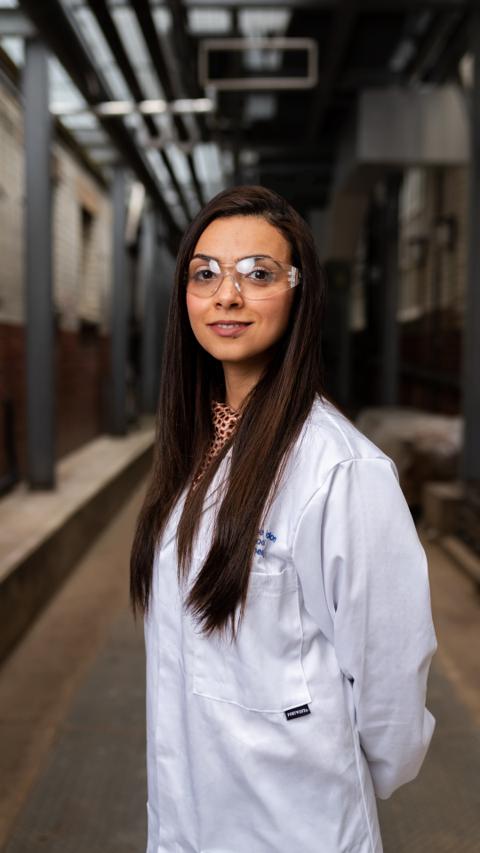— Life on Earth —
Our mission is to create a shared plan
for saving the planet’s most ProCKSI is a decision support system for protein structure comparison. It computes structural similarities using a variety of similarity comparison methods in order to produce a similarity consensus.
Currently integrated:
CE, DaliLite, FAST, MaxCMO-MSVNS, TMalign, URMS, USM, Vorolign
ProCKSI links to external resources as to give further useful information about protein structures and their occurrence in literature.
Currently linking to: CATH, iHOP, RSCB, SCOP
ProCKSI provides tools for visualising, analysing, clustering and easily comparing all results..
ProCKSI is a decision support system for protein comparison that employs a range of structural similarity measures to generate consensus on protein similarities. It integrates various external resources, allowing users to access additional information about protein structures and their literature presence. The platform offers intuitive tools for visualization, analysis, and comparison, making it easier for researchers to interpret results and understand protein structure relationships. Its combination of multi-method comparison and comprehensive data links enhances the overall analysis process for protein studies.
ABOUT US
Shaping our future
With all the global Project Descriptions
Detailed information on the project can be found here:
Automated Grid-Aware, three-tier, Protocol for Protein Structure Comparison
Next Generation Decision Support: Automating the Heuristic Design Process
The project has been funded by:
Biotechnology and Biological Sciences Research Council (BBSRC), UK.
Grant Number: BB/C511764/1
Engineering and Physical Sciences Research Council (EPSRC), UK.
Grant Number: EP/D061571/1
The main developers in this project have been:
Daniel Barthel, School of Computer Science, University of Nottingham, UK.
Azhar Ali Shah, School of Computer Science, University of Nottingham, UK.
Paweł Widera, School of Computing Science, Newcastle University, UK.
Natalio Krasnogor, School of Computing Science, Newcastle University, UK.
The main external collaborators in this project were (in alphabetical order):
Fabian Birzele, Department of Computer Science, University of Munich, Germany.
Jacek Błażewicz, Institute of Computing Science, Poznan University of Technology, Poland.
Jonathan D. Hirst, School of Chemistry, University of Nottingham, UK.
Robert Hoffman, Computational Biology Center (cBIO), New York, USA.
Michal Linial, Hebrew University, Jerusalem, Israel.
David A. Pelta, University of Granada, Spain.
Alfonso Valencia, Centro Nacional de Biotecnologia, Madrid, Spain.
Golan Yona, Cornell University, New York, USA.
back to top
Citation
If you want to use results from the ProCKSI server, please cite/acknowledge the main ProCKSI reference and each Similarity Comparison Method, Additional Source of Information or Analysis and Visualisation Tool that you might have used, e.g. for producing the consensus similarity, as follows:
Main References: ProCKSI
ProCKSI: a decision support system for Protein (Structure) Comparison, Knowledge, Similarity and Information
D. Barthel, J.D. Hirst, J. Blazewicz, E.K. Burke and N. Krasnogor, BMC Bioinformatics, 8, 416, 2007.
Similarity Comparison Method: USM
Measuring the Similarity of Protein Structures by Means of the Universal Similarity Metric
N. Krasnogor and D. A. Pelta. Bioinformatics 20(7), 1015-1021, 2004.
Similarity Comparison Method: MaxCMO
A simple and fast heuristic for protein structure comparison
D. A. Pelta, J. R. Gonzalez, M. Moreno Vega. BMC Bioinformatics 9, 161, 2008.
Similarity Comparison Method: DaliLite
DaliLite workbench for protein structure comparison
L. Holm and J. Park, Bioinformatics 16, 566-567, 2000.
Similarity Comparison Method: CE
Protein structure alignment by incremental combinatorial extension (CE) of the optimal path
I. N. Shindyalov and P. E. Bourne, Protein Engineering 11, 739-747, 1998.
Similarity Comparison Method: TM-align
TM-align: A protein structure alignment algorithm based on TM-score
Y. Zhang and J. Skolnick, Nucleic Acids Research 33, 2302-2309, 2005.
Similarity Comparison Method: FAST
FAST: A Novel Protein Structure Alignment Algorithm
J. Zhu and Y. Weng, Proteins: Structure, Function and Bioinformatics 14, 417-423, 2005.
Similarity Comparison Method: Vorolign
Vorolign - Fast Structural Alignment using Voronoi Contacts
F. Birzele, J. E. Gewehr, G. Csaba and R. Zimmer, Bioinformatics 23, e205-e211, 2007.
Similarity Comparison Method: URMS
The URMS-RMS hybrid algorithm for fast and sensitive local protein structure alignment
G. Yona and K. Kedem, Journal of Computational Biology 12, 12-32, 2005.
Additional Source of Information: PDB
The Protein Data Bank
H. Berman, J. Westbrook, Z. Feng, G. Gilliland, T. Bhat, H. Weissig, I. Shindyalov, P. Bourne, Nucleic Acids Res. 28, 235–242, 2000.
Additional Source of Information: CATH
CATH - A Hierarchic Classification of Protein Domain Structures
C.A. Orengo, A.D. Michie, S. Jones, D.T. Jones, M.B. Swindells, J.M. Thornton, Structure 5, 1093–1108, 1997.
Additional Source of Information: SCOP
SCOP: a Structural Classification of Proteins database
T.J. Hubbard, B. Ailey, S.E. Brenner, A.G. Murzin, C. Chothia, Nucleic Acids Research 27, 254–256, 1999.
Additional Source of Information: iHOP
A Gene Network for Navigating the Literature
R. Hoffmann and A. Valencia, Nature Genetics 36, 664-664, 2004.
Analysis and Visualisation Tools: Hierarchical Tree Visualisation
Visualizing large hierarchical clusters in hyperbolic space
J. Bingham, S. Sudarsanam, Bioinformatics 16(7), 660-661, 2000.
Analysis and Visualisation Tools: Protein Structure Images
MOLSCRIPT: A Program to Produce Both Detailed and Schematic Plots of Protein Structures
Per J. Kraulis, J. Appl. Cryst. 24, 946-950, 1991.
Analysis and Visualisation Tools: Clustering
QCLUST V0.2 John Brzustowski, University of Alberta, United States of America.
Further readings on similarity comparison of proteins, and further literature and presentations on ProCKSI can be found in our Wiki.
back to top
External Software and Resources
ProCKSI integrates a variety of external software and resources. All external links open a new window.
ProCKSI integrates the following similarity comparison methods:
Universal Similarity Metric (USM, ProCKSI-interal) using Kolmogorov Complexity with contact maps
Maximum Contact Map Overlap (MaxCMO-MSVNS, 1.2) using a Multi-Start Variable Neighbourhood Search with contact maps
DaliLite (3.3) using distance matrices
Combinatorial Extension (CE, 1.0.2) of the optimal path
TM-align (30/01/2011) using Dynamic Programming with TM-score rotation matrices
FAST Alignment and Search Tool (FAST, 22/02/2004) using an elimination heuristic
Vorolign (1.0) using Voronoi contacts
URMS (22/procksi-8.7, 64bit) using a hybrid URMS/RMS approach
ProCKSI uses the following databases in order to produce Receiver Operator Characteristics (ROC):
SCOP (1.73) parseable files as gold standard
PDB Obsoletes (05.08.2011) list of obsolete entries
ProCKSI links to the following external resources as to provide further information:
PDB repository
CATH structural classification database
SCOP structural classification database
iHOP providing direct links to related scientific literature
Further software used by ProCKSI:
ProCKSI-Viz (1.0) by D. Barthel, J. Chaplin and S. Taylor for visualising phylogenetic-like trees (requires Java Runtime Environment installed)
ParsePDB (2.1) by B. Bulheller for parsing PDB files
MolScript (2.1.2) by P. Kraulis for generating images from PDB files
Raster3D (2.7d) by E.A. Merritt and D.J. Bacon for rendering high-quality images
qclust (0.2) by John Brzustowski for hierarchically clustering
HyperTree (V1) viewer visualising the hierarchical tree, being kindly allowed to distribute it (requires Java Runtime Environment installed)
Gnuplot (4.2.2) for producing Receiver Operator Characteristics (ROC) graphs
back to top
Acknowledgements
We would like to thank the following students for their valuable contributions (in alphabetical order):
Jack Chaplin, School of Computer Science, University of Nottingham, UK.
Sam Taylor, School of Computer Science, University of Nottingham, UK.
Benjamin Bulheller, School of Chemistry, University of Nottingham, UK.
Juan Ramón Gonzalez Gonzalez, University of Granada, Spain.
Zhelong Jin, School of Computer Science, University of Notingham, UK.
The web design was created by the following collaborators:
Corporate Design: Daniel Barthel, Paweł Widera
Logo: Benjamin Bulheller, Daniel Barthel, Jaume Baccardit, Itziar Frades
Last but not least, we would like to thank the Technical Service Group of the School of Computer Science, University of Nottingham for their assistance: Nick Reynolds, William Armitage and Viktor Huddleston, and Chris Ritson from the School of Computing Science, Newcastle University for his help with the cluster migration.

Changing the Step 1 of 3: Define your Tasks
HelpTasks Tasks Parameters
Messages
NOTICE Start to define your Tasks and specify your Task Parameters.
back to top
Tasks
Tick the tasks to be performed and specify the Task Parameters accordingly.
Select Comparison Mode Description
A All-against-All Compare all your structures against each other
T All-against-Target Compare all your structures against a single target structure
Select Task Name Description
All
1 Structures Preparation: Structures
2 Contacts Preparation: Contacts (required for USM and MaxCMO)
3 ROC Preparation: ROC Analysis (depends on Similarity Comparisons)
11 USM Similarity Comparison: USM (depends on Contacts)
12 MaxCMO Similarity Comparison: MaxCMO-MSVNS (depends on Contacts)
13 DaliLite Similarity Comparison: DaliLite
14 CE Similarity Comparison: CE
15 TMalign Similarity Comparison: TMalign
16 FAST Similarity Comparison: FAST
17 Vorolign Similarity Comparison: Vorolign
18 URMS Similarity Comparison: URMS/RMSback to top
Task Parameters
Tick the tasks to be performed in the Tasks list and specify the calculation parameters accordingly.
When you have finished defining your tasks, proceed to prepare your dataset.
back to top
Help
General Information
Select all Tasks that you want to be performed.
Alter the Task Parameters or use the default values.
Please note that your session data is lost as soon as you close this browser window/tab
or you change your IP address!
Equations
USM1 =
max{ C(s1.s2) - C(s2), C(s2.s1) - C(s1) }
max{ C(s1), C(s2) }
USM2 =
C(s1.s2) - min{ C(s1), C(s2) }
max{ C(s1), C(s2) }
USM3 =
min{C(s1.s2), C(s2.s1) } - min{ C(s1), C(s2)}
max{ C(s1), C(s2) }

Recycling water
Recycling water for reuse applications instead of using freshwater supplies can be a water-saving measure.

Habitat Model
Habitats with a minimum footprint on the planet and a maximum positive impact on the local community.

Organic Garden
Learn how to use organic gardening methods to grow the freshest food in your fruit and vegetable garden.
Help us protect and preserve for future generations
Join us and make the planet a better place.